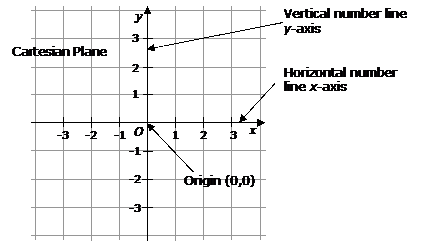Notice the difference: both sides of the equation have a value of 9, while the inquality has a value of 9 on the left and a value of 19 on the right. Since the value of 19 is greater the symbol for greater stands in for the equal sign.
Symbols to Remember
< means "is less than"
> means "is greater than"
< means "is less than or equal to"
> means "is greater than or equal to"
Note: the word "is" is important to remember when describing an inequality because later you will be writing algebraic expressions from word phrases. "Is less than" and "less than" mean two different things, where the phrase "less than" means to subtract and "is less than" signifies and inequality.
Graphing Inequalities on a Number Line
When graphing on a number line, any < or > inequality is graphed with an open circle. So x > 2 1/2 is graphed....

When graphing < or > , the graph uses a closed circle because value may be equal to the point on the number line. So x < 2 1/2 is graphed...

Graphs taken from: http://www.sparknotes.com/math/algebra1/inequalities/section4.rhtml
































.jpg)
.jpg)














